Achieving food security and self-sufficiency during trying times or improving your diet could be as simple as growing a survival garden in your own backyard. This guide provides all the necessary details to start, from selecting the right seeds for your home garden to implementing seasonal strategies while cultivating fresh produce at minimal cost.
Key Takeaways
Cultivate a survival garden for fresh produce, environmental sustainability and self-sufficiency.
Choose non-GMO heirloom seeds to preserve plant integrity, genetic diversity and nutrition.
Invest in quality tools & supplies. Practice seed saving & propagation for food security & financial benefits.
Cultivating Your Survival Garden
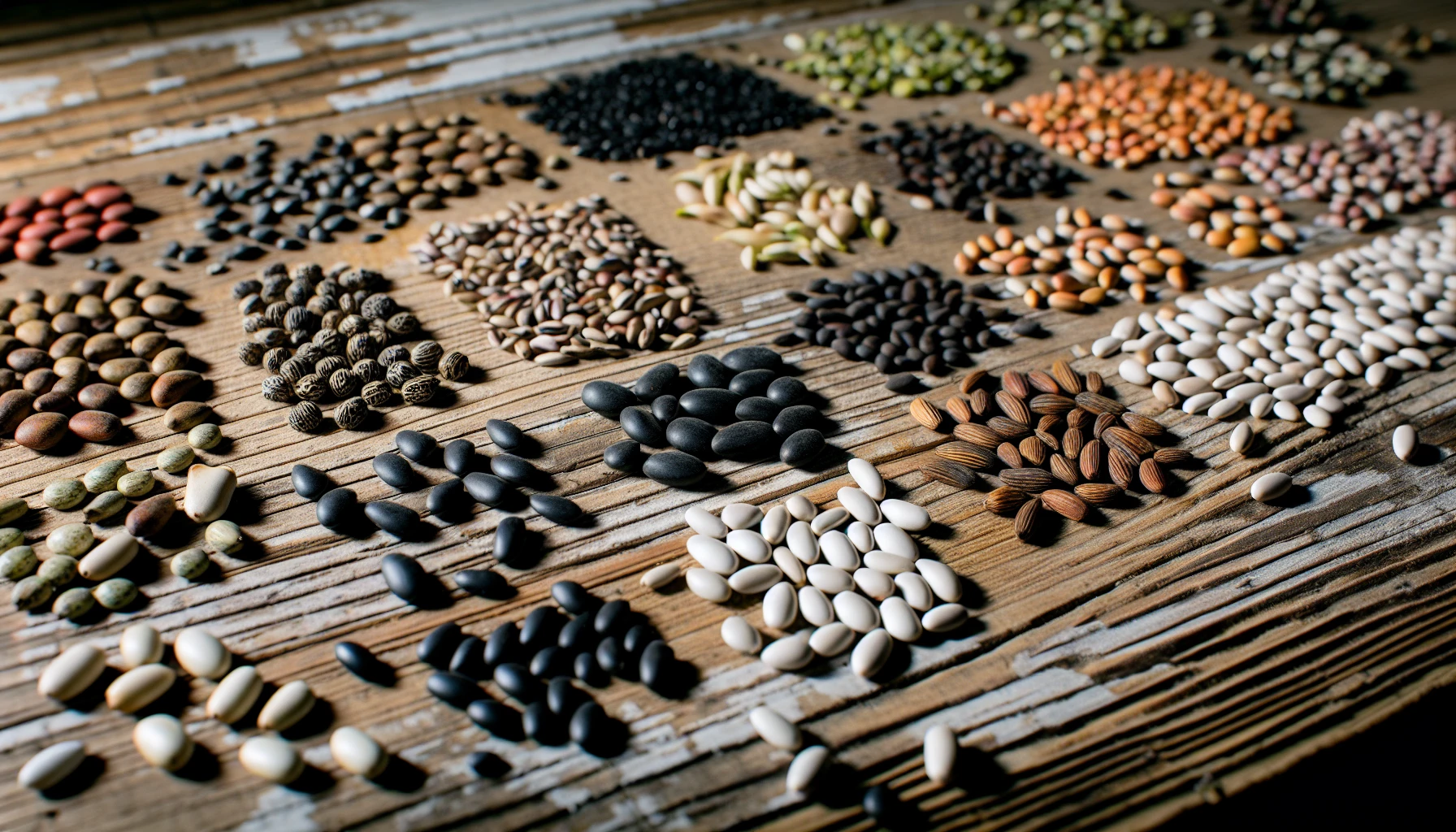
A survival garden, composed of non-GMO heirloom vegetable and medicinal herb seeds as well as survival seeds, can provide essential sustenance for you and your family during times of hardship. With fresh produce secured through growing one’s own food, greater self-sufficiency achieved plus the practice of seed saving techniques to maintain enough seeds for a reliable renewable source down the line, this diversity promotes resilience with numerous health benefits. Not only does it contribute towards environmental sustainability, but it also ensures access to nutrient rich meals.
Choosing Non-GMO Heirloom Seeds
For your survival garden, non-GMO heirloom seeds are a far better choice than genetically modified ones. Open pollination is used to maintain the characteristics of their parents and they’re believed to be much more sustainable in comparison. Non-GMO heirloom varieties have several advantages: protecting natural traits from being changed, preserving genetic diversity, helping you become self sufficient and improving nutritional content by keeping heritage intact. All these factors make opting for heirloom seeds wise when picking out options for your garden’s growth requirements!
Planting Vegetables with High Yield Potential
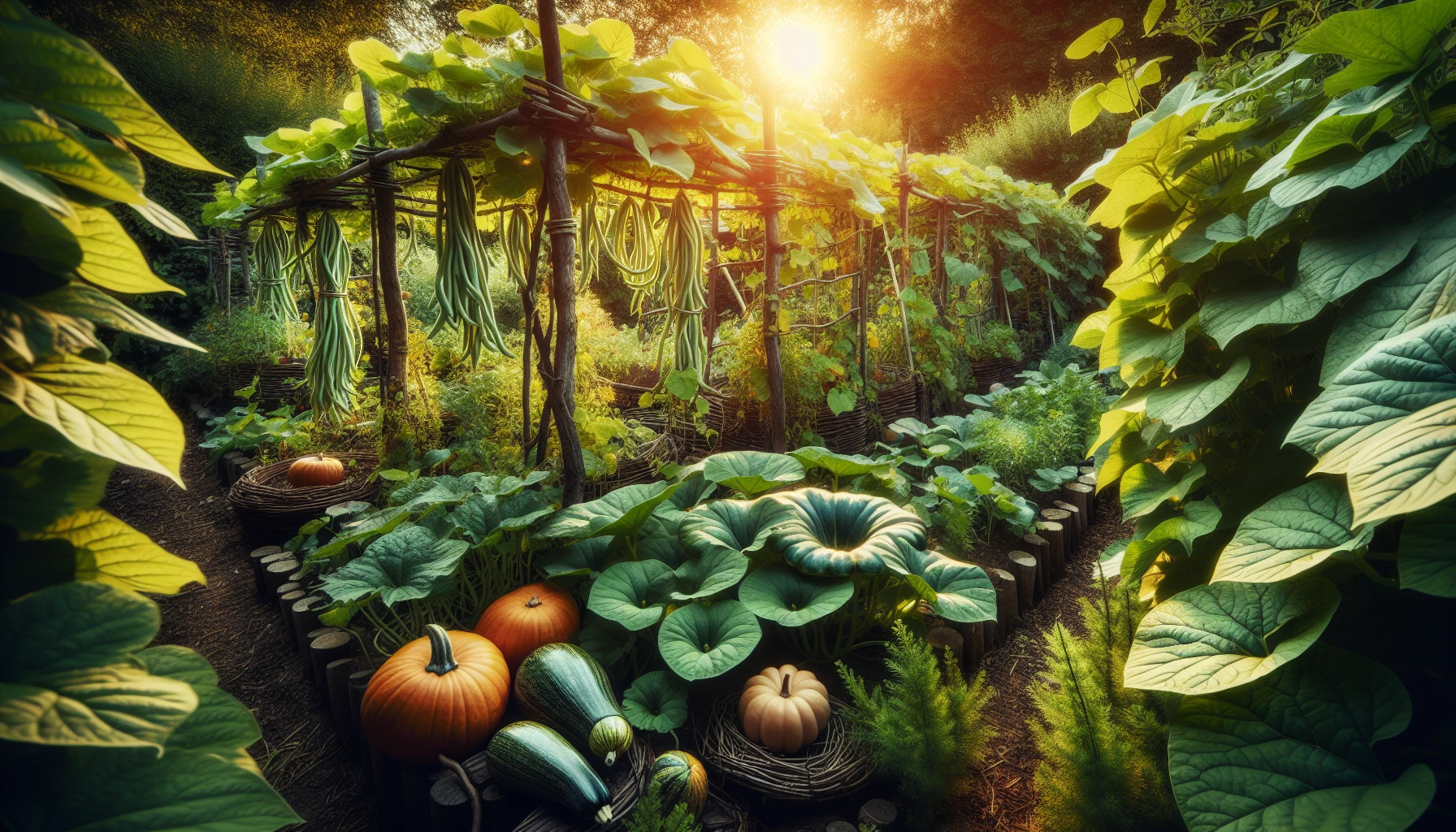
Creating a survival garden is important for attaining maximum food production. Plants that can tolerate various climates, possess superior resistance to illnesses and offer large yields are ideal when it comes to vegetable selection in these gardens. Examples of such vegetables include beans, tomatoes, shallots, cucumbers and carrots.
Having your own home garden featuring the components of a survival one can be an essential part of keeping you supplied with fresh produce without having to rely on stores nearby during tough times where this may not be accessible. It’s crucial that plants compatible with local climate conditions as well as soil type are selected along with those providing higher yields per square foot space availability being considered too for highest return rates.
Not only does putting together a veggie-packed sustainable garden prove beneficial by giving access to the freshest ingredients, but also eliminates worrying about sourcing from elsewhere while still ensuring nutritional needs remain met, especially vital in challenging circumstances.
Therefore, sustaining life via simply selecting suitable fruits/vegetables proves highly efficient whether preparing meals at any given time or allocating resources accordingly regarding packaging and storing up prepped eats beforehand which makes setting up survival gear simple since little shopping need required outside regular preventative maintenance requirements related to packaging and stockpiling safety measures.
Incorporating Medicinal Herbs
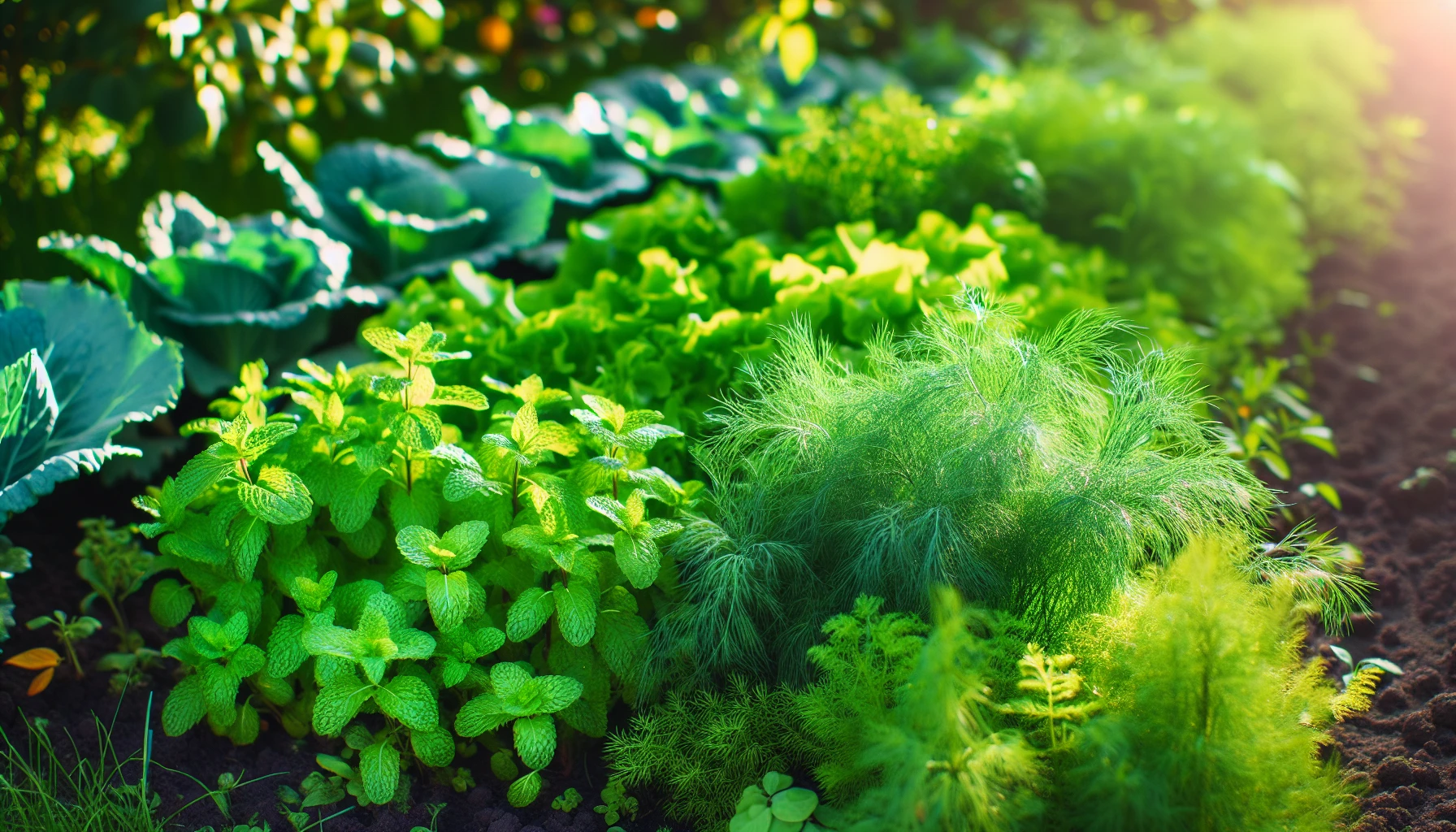
Including the medicinal properties of herb seeds in a survival garden provides a variety of health benefits, from relieving minor cuts and bruises to treating more serious conditions. Herbal teas, tinctures and salves made with herbs such as lavender, chamomile or mugwort can address an assortment of ailments. To their healing and medicinal properties alone, planting these seed varieties also contributes flavor to dishes for improved taste – creating the ultimate gardening experience that both offers sustenance and improves overall wellbeing! Plus, when it comes time for medical attention, there is easy access since you’ve grown your own supply of medicinal herb seeds at home rather than relying on outside sources like retail stores for buying expensive plants or herbal remedies.
Seed Vault Essentials: What to Include
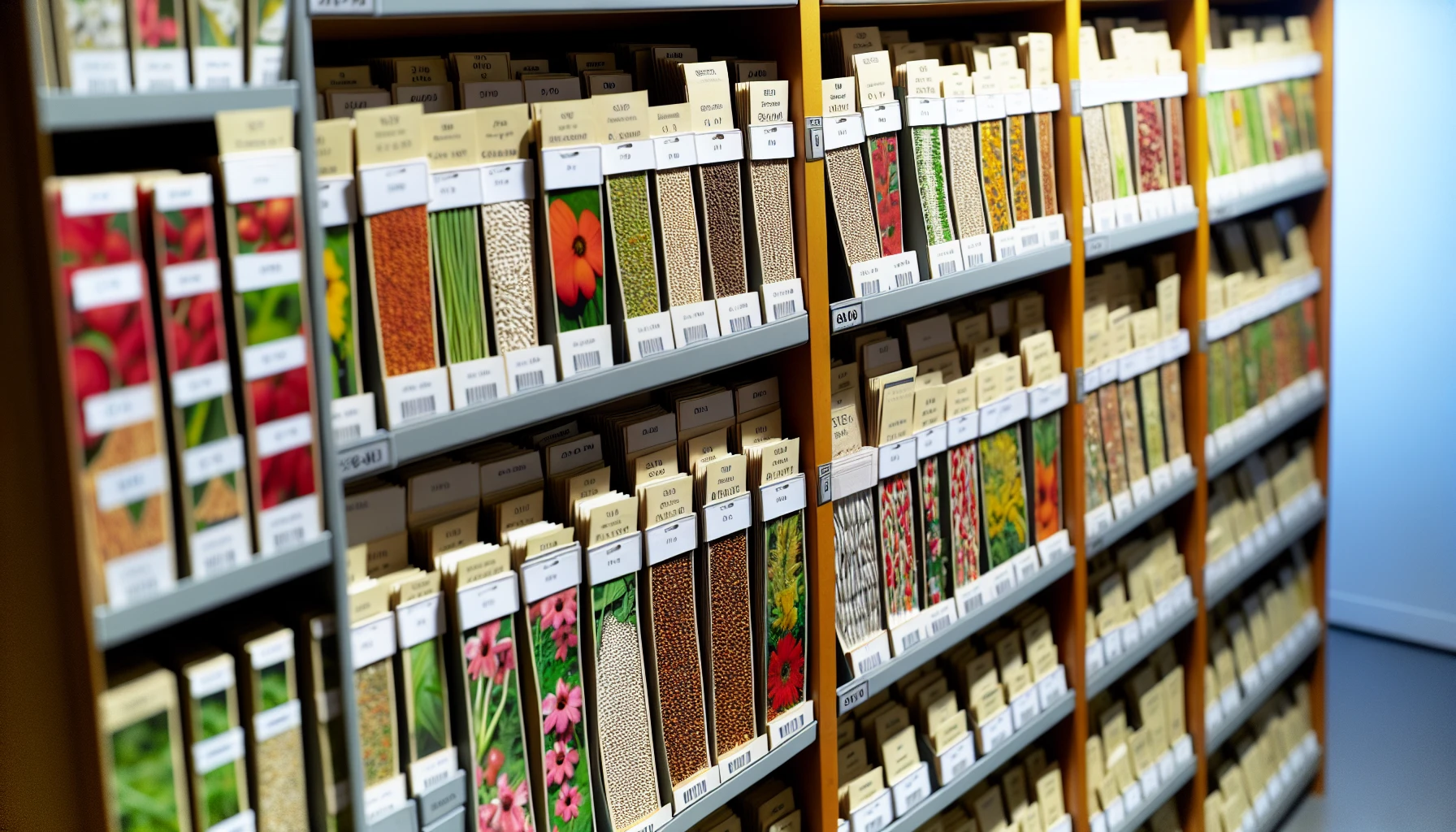
Having a well-equipped seed vault in your survival garden enables food security and allows for experimenting with different plants. By selecting certified organic, open pollinated seeds that are suitable for long term storage, you can construct an open seed vault which fits your gardening needs and supports sustainable farming methods. It also creates community spirit by enabling to share the seeds among family members as well as neighbors when needed.
Open-Pollinated vs. Hybrid Seeds
Open-pollinated seeds are a dependable and sustainable choice for gardening, as they are generated through natural pollination. This aids in genetic diversity, which promotes plants’ adaptability to different environmental conditions, such as changes in climate or vulnerability to disease. Saving the harvested seed ensures self-sufficiency and sustainability over multiple growing seasons.
In contrast to open pollinated seeds, hybrid varieties result from crossbreeds of two distinct parent plants but don’t necessarily yield identical characteristics when replanted. This can make them an unreliable option for survival gardens despite potential performance benefits like increased disease resistance.
Enough Seeds for Long-Term Planning
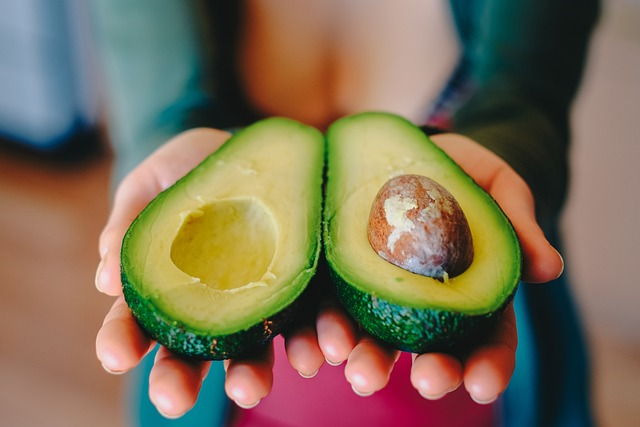
Essential for the long-term security of our food sources, having a plentiful stock of seeds is necessary. To ensure that these are well preserved and viable seeds, we should use storage containers such as mason jars or glass receptacles which provide an airtight seal against moisture infiltration.
To find out just how many plants you need to produce enough food over the course of one year, follow this approach. Figure your family’s weekly consumption rate on average then multiply it by fifty two to get yearly yield levels – from there increase number per person depending on whether it is intended to be grown for individual or collective eating purposes (multiplying between three and four times).
With strategies like this in place, sustainable diets can be achieved with confidence even when looking beyond present scenarios.
Certified Organic Options
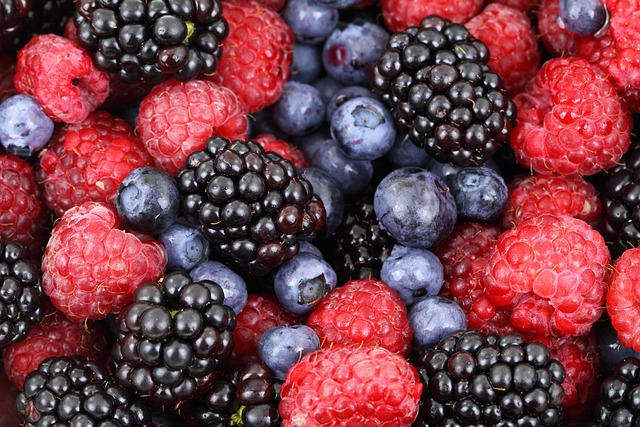
When it comes to planning a survival garden, certified organic seeds offer numerous advantages including increased biodiversity and larger crop yields. Certified organic products meet strict standards which prohibit the use of synthetic fertilizers or pesticides as well as GMOs. Not only is this an opportunity for greater food safety, but also aids in preserving environmental sustainability by allowing you to collect your own seed harvest from season-to-season thus eliminating any dependence on external sources while maintaining autonomy.
Seasonal Survival Gardening
Survival gardening is a must for having consistent harvests and keeping fresh produce all year. Knowing the peculiarities of every season gives you an advantage in adapting your strategies to maximize productivity from your garden. The following will provide insight into planting practices during springtime, transitioning between summer and fall periods, as well as techniques specifically suited to winter horticulture needs.
By being mindful of how seasons can affect survival gardens, it’s possible to guarantee access to food no matter what time of year it is – guaranteeing crucial sustenance throughout life’s changing seasons.
Spring Planting Guide
As the new growing season begins, spring is an exciting time for gardeners who are ready to plant and reap a fruitful harvest. In order to optimize this experience, it is important to select plants which can thrive in these conditions, such as beans, basil, cabbage or carrots. Prepare your soil beds and offer frost protection where necessary.
When preparing your soil bed, follow these steps: adding green manure into the mix, laying down mulch on top of that layer, spreading chicken manure evenly over everything else before tackling any weeds head-on if present. With all those components combined, you’ll be left with rich soil able sustain healthy plants, making sure there will be plenty of produce come fall!
Summer to Fall Transition
It is essential to transition your survival garden from the summer season into fall, in order for it to produce fresh and nutritious vegetables. Prune plants as needed, clear away debris on soil surfaces, and replace annuals with new ones – such as lettuce and kale – beets or carrots. Remaining crops should also be harvested before temperatures cool down further.
Maintaining a successful garden relies heavily on keeping an eye out for changing weather patterns that may influence gardening strategies which could help preserve its success throughout autumn months ahead.
Winter Gardening Strategies
Creating a survival garden for winter can enable you to have fresh food even in cold temperatures. Applying fertilizers and using cover crops or green manure is vital for soil maintenance throughout the season. Protecting your plants from snowfall and frost will be essential steps to successfully sustaining them during this period. Some suitable veggies that could flourish are squash, sweet potatoes, kale, amaranth and beets. With proper planning along with these techniques it’s possible to produce continued output of sustenance all through the year- including winter!
Survival Food Beyond Vegetables
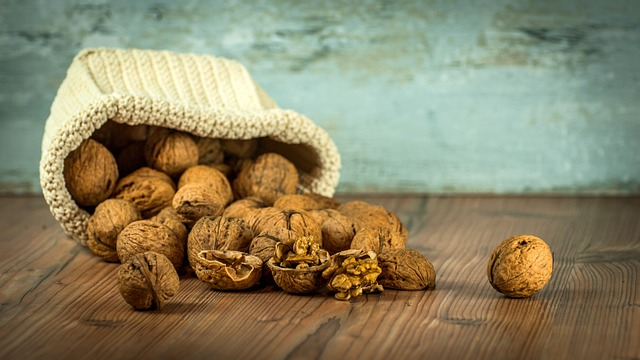
Vegetables play a major role in any survival garden, but it’s just as important to include other food sources. Nuts and grains can give nutrition and diversity to the diet while also supplementing vegetables. The ultimate goal of your survival garden seeds should be an assortment of fruits, trees, nuts, veggies and grain crops – creating a well-rounded supply for you. Consider incorporating these elements into your plan when planning out your ideal survival garden seeds!
Tools and Supplies for the Avid Gardener
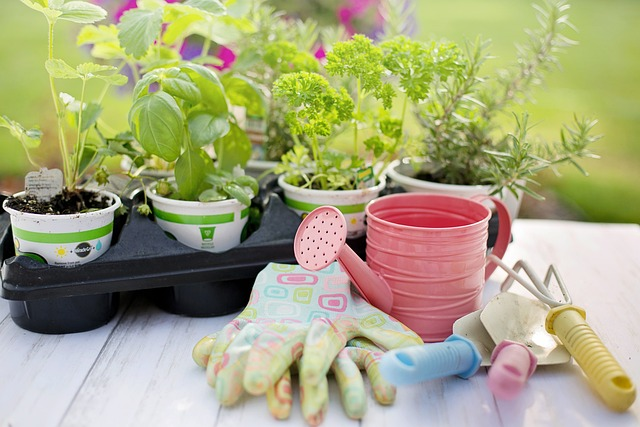
A thriving survival garden needs more than just the seeds and soil. Essential tools are a great way to guarantee success, so it is prudent to prioritize quality over cost when selecting them as gardening gifts. Invest in items such as pruners, shovels, watering cans or pitchforks that have several uses and are made of strong materials like wood or metal for durability. Having these on hand will assist with effectively tending your survival garden seeds, while reaping the rewards from what you planted!
Maximizing Space and Efficiency
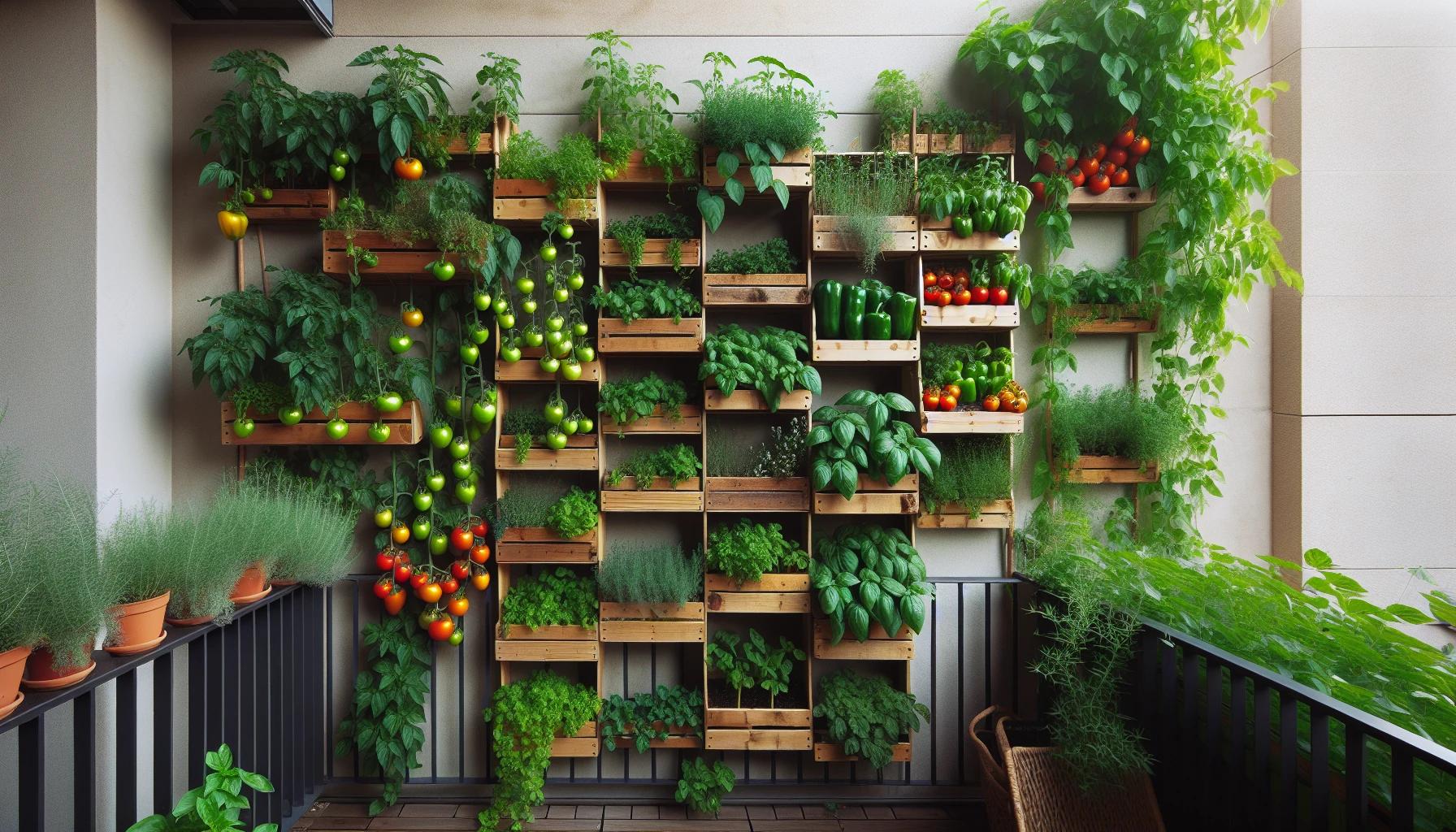
To make the most of your survival garden, taking advantage of space and increasing efficiency is key. Vertical gardening helps utilize small areas while companion planting can help maximize harvest yield by creating an environment that nurtures plant growth and health.
These two strategies work together to provide a greater food security for you as a family as well as improved self-sufficiency due to increased crop output from garden seeds and their combined usage in the same garden area.
Seed Saving and Propagation Techniques
It is imperative to master the techniques of preserving and cultivating seeds in order for future plantings to have a constant source. Growing from saved up plants provides not only an infinite amount, but also encourages independence and sustainability. For collecting seeds, you should pick out fully matured fruits then spread them on paper towels until they are dry. After that place them inside an envelope stored somewhere cool and untouched by moisture. To proliferate each type of flower or foliage, there will be some different strategies like sowing seedlings, stem-clipping parts off divisions as well as replanting through layering – so make sure to carefully read all relevant instructions when it comes time.
The Financial Benefits of Growing Your Own Survival Garden
A survival garden can be an ideal way to save money and become more self-sufficient. Not only does growing your own fruits and vegetables allow you to reduce grocery bills, but it also decreases transportation costs while providing healthier food choices than store-bought alternatives. Ultimately, having a steady source of fresh produce from your own family garden provides greater economic stability in times of crisis as well as the confidence that comes with knowing where your next meal is coming from.
Building Community Through Seed Sharing
The quick delivery of seeds allows for a rapid exchange and sharing garden seeds, which can foster community and collaboration during difficult times. By collecting mature plants’ seed, drying them out appropriately, then storing the specimens properly, individuals are able to share these precious items with each other as well as Perpetuating their life cycles. Seed swapping is also beneficial in preserving heirloom species through events or projects that promote biodiversity adaptability along with knowledge transfer. Plus it encourages social responsibility at local levels too!
Gardening as a Form of Emergency Preparedness
Creating a survival garden is an invaluable measure for ensuring your family’s sustenance and cultivating vital skills in uncertain times. These gardens offer more than just food security. They also impart qualities such as self-sufficiency, adaptability, resilience that are crucial during emergencies. Gardening can be used to involve children while teaching them about the natural world around us, making it both practical and educational at once! By forming this kind of vegetable patch or urban agriculture system with whatever resources you have available, you will not only provide your household with necessary nutrition but bolster key life lessons too – all contributing towards preparing oneself during crises scenarios.
Summary
Creating a survival garden is an investment in self-sufficiency, resilience and community. It entails carefully choosing seeds to maximize the space’s efficiency. Mastering techniques of preserving the harvested seeds will lead to flourishing gardens that sustain you and your loved ones. Embarking on this journey can reap plenty of rewards, take advantage now!
Frequently Asked Questions
What are some high-yield vegetables suitable for survival gardens?
Vegetables and herbs that have high yields and are suitable for a survival garden include green beans, tomatoes, shallots, cucumbers, carrots, corn and potatoes. Growing these types of veggies and herbs can be advantageous in an outdoor garden environment.
How can I maximize space and efficiency in my survival garden?
Maximizing the efficiency and making use of all possible space in your survival garden is achievable through utilizing companion planting tactics and vertical gardening. This guarantees fruitful vegetable harvests while optimizing the area available for plant growth.
What are the financial benefits of growing my own survival garden?
Having a personal survival garden can be advantageous in terms of cost-saving, greater autonomy and overall economic security. It takes the form of lower grocery expenses as well as having more control over one’s circumstances.
How can I ensure a continuous supply of seeds for future planting?
It is essential to collect the whole herb seeds from mature plants, dry them thoroughly and store them correctly in order for future planting needs as it will provide herb seeds with an uninterrupted supply of seeds.
What alternative food sources are available for survival gardening?
A survival garden is a great way to produce diverse and nutritionally balanced food supplies with its variety of fruits, nuts and grains. This type of vegetable garden can provide an abundance of essential nutrients for one’s diet.


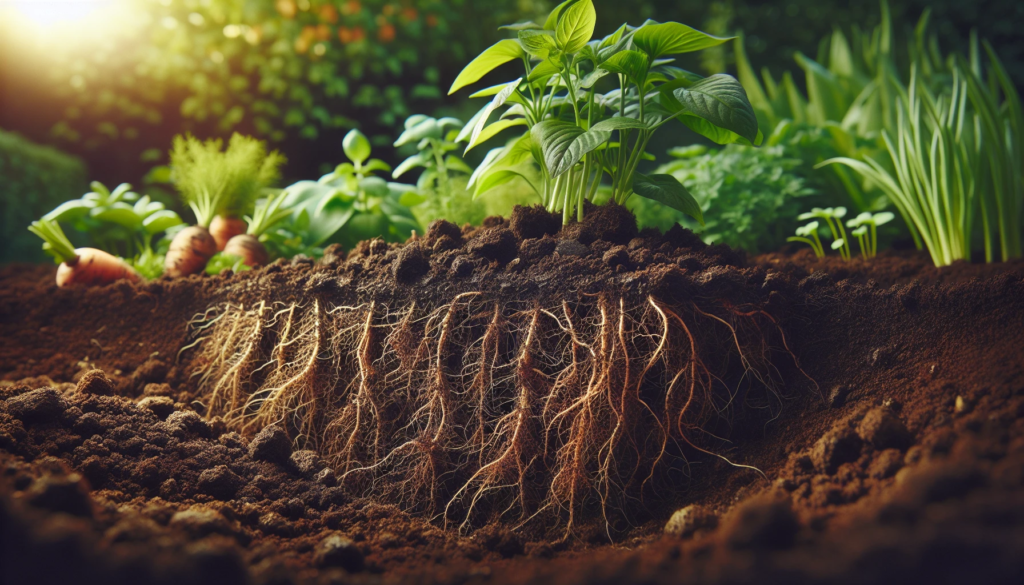
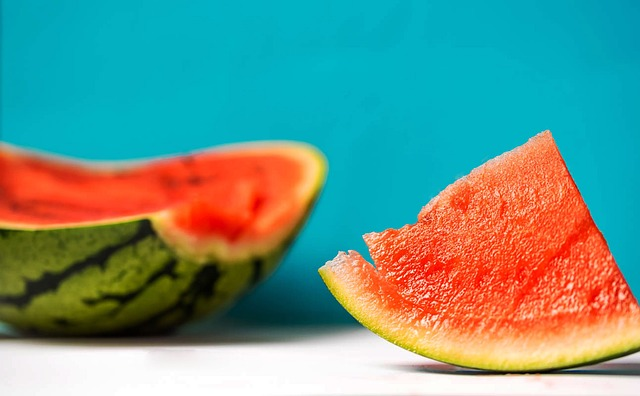
One Comment